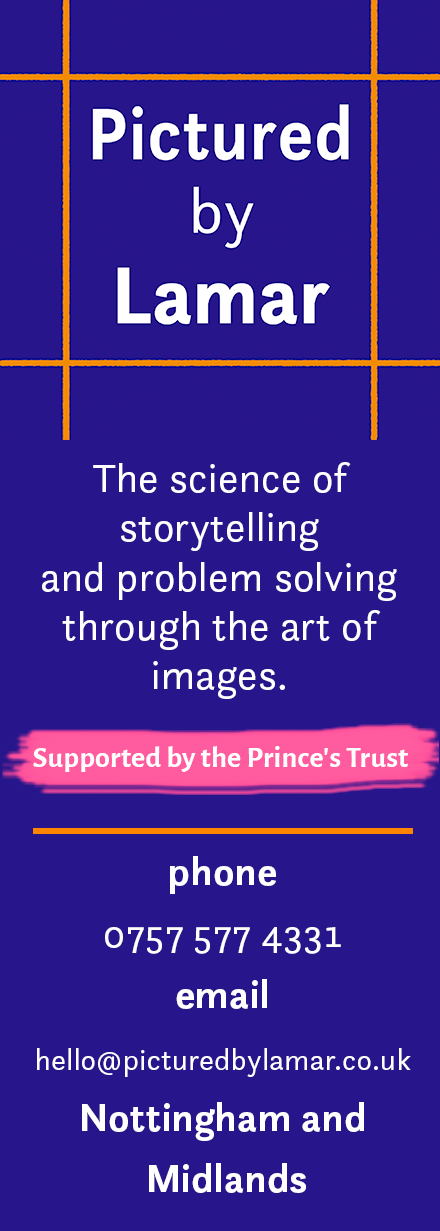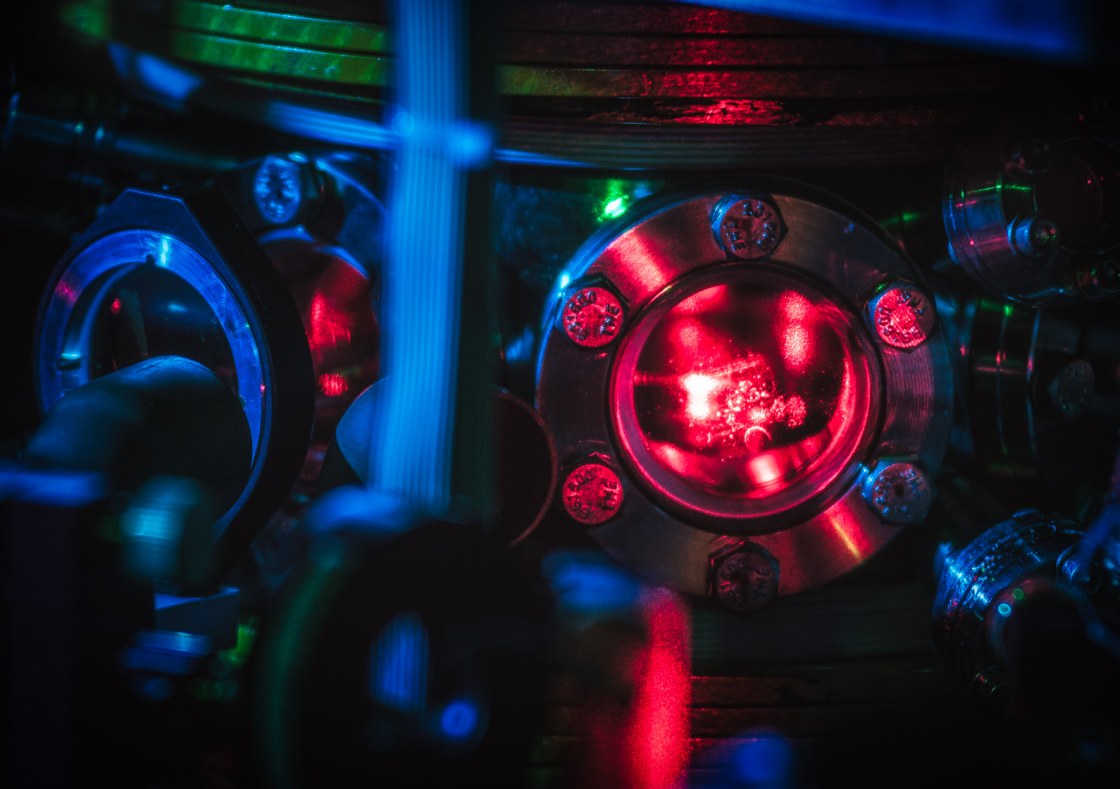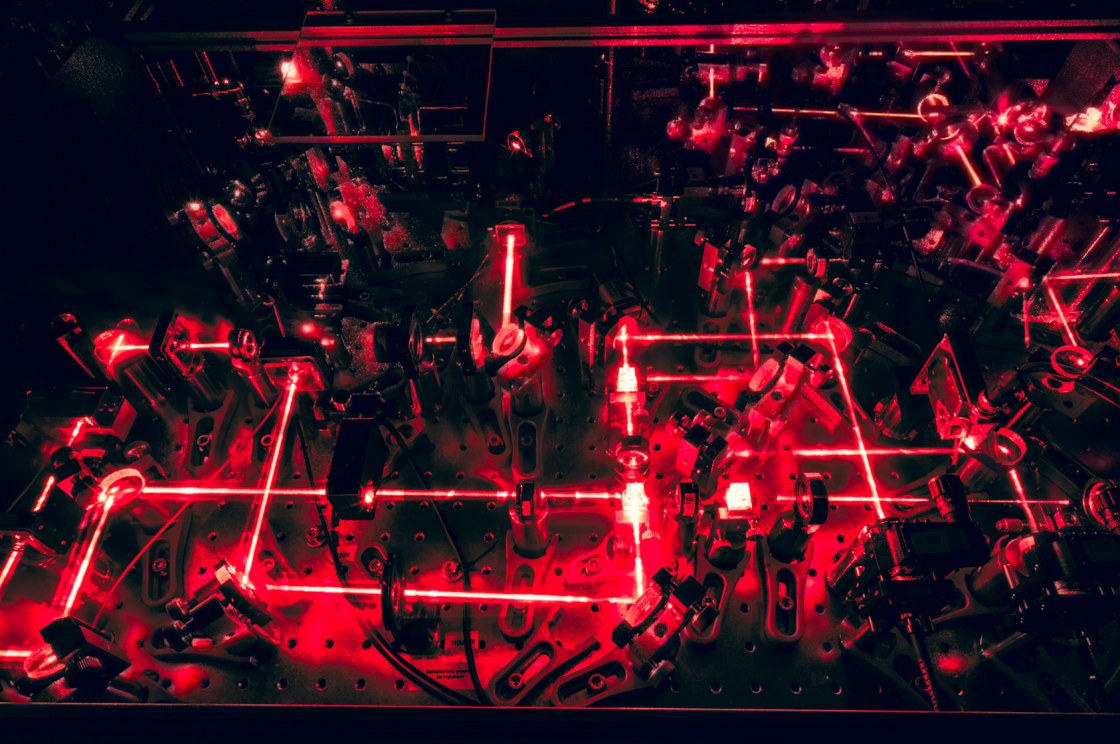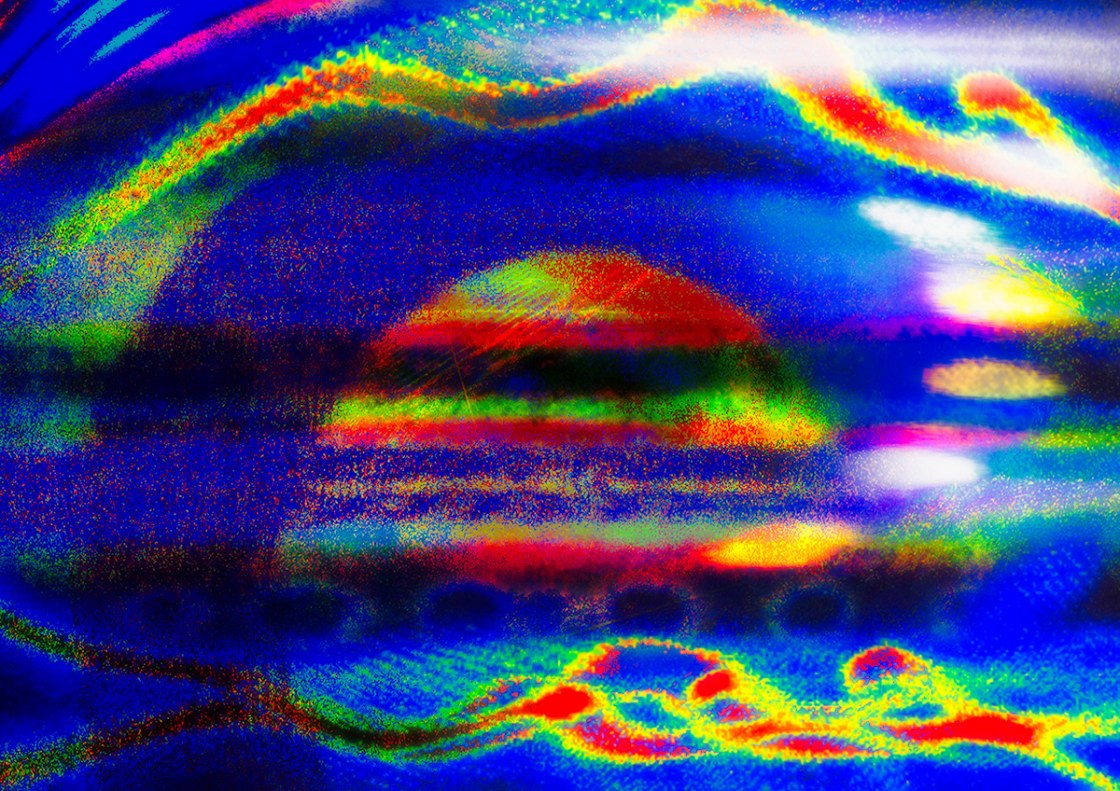Of ultracold atoms… (Creative Reactions)
As part of the Creative Reactions event I’ve been invited alongside with other prominent local creatives by STEM Outreach Nottingham to tell the story of science to the wider public. This was achieved through collaborations with researchers at the University of Nottingham. The images above will be displayed at the Pint of Science Grand Finale at the Nottingham Contemporary on the evening of the 18th of May.
As an alumni to the University of Nottingham having read MSci Mathematical Physics I was delighted to go back to my former school of Physics and Astronomy for the first time in five years and tell the story of some of the scientific research which the Ultracold Atoms Group through the photographs which I make. Learning about quantum statistics (amongst many other things) really helps me appreciate also the work which goes on and I’m very happy to be able to communicate this to the wider public .Ultracold atoms also underpin technology development within the UK Quantum Technologies Hub for Sensors and Metrology.
Much thanks to the kind help of Professor Mark Fromhold and Lucia Hackermuller of the Ultracold Atoms research group. Eliza De Ros , who is also part of the team and Jorge Ferreras who was working on a related project also contributed with some very useful CCD images and graph plots for the digital composite image.
More information about the images below …
“Going ultracold ” – A photograph
The red lasers converging on a bright spot which you can see through the window of this vessel are part of a set used to trap and cool atoms of helium to mere fractions above absolute zero. At such temperatures , the physical properties of the atoms dramatically change as the “energy levels” fall to their lowest possible state – one such example being helium becoming “superfluid” with no viscosity , and therefore being able to essentially flow around obstacles. Behaviours predicted through quantum mechanics for a single atom now become observable with number of atoms on a macroscopic scale .
“Laser pathways” (not selected for display at the Contemporary)
An illustration of the complex laser equipment used for performing experiments by the Ultracold Atoms group – beams are carefully guided by a series of mirrors placed on a damped table towards their desired destination.
“Happenings of a Bose-Einstein condensate” – digital art
This is a mashup of “photographs” of a rubidium Bose-Einstein condensate , which formed when many atoms are supercooled with lasers close to absolute zero. Within each layered photographs they undergo various physical changes and effects .The waves at the top and bottom are produced by magnetic field distortions on a cloud of these atoms. The “dots” to the right also represent fragmentations. Superimposed is also a temperature map of an experimental setup (circular shape) which the ultracold atoms team used to investigate the Bose-Einstein condensates.
Leave a Comment



